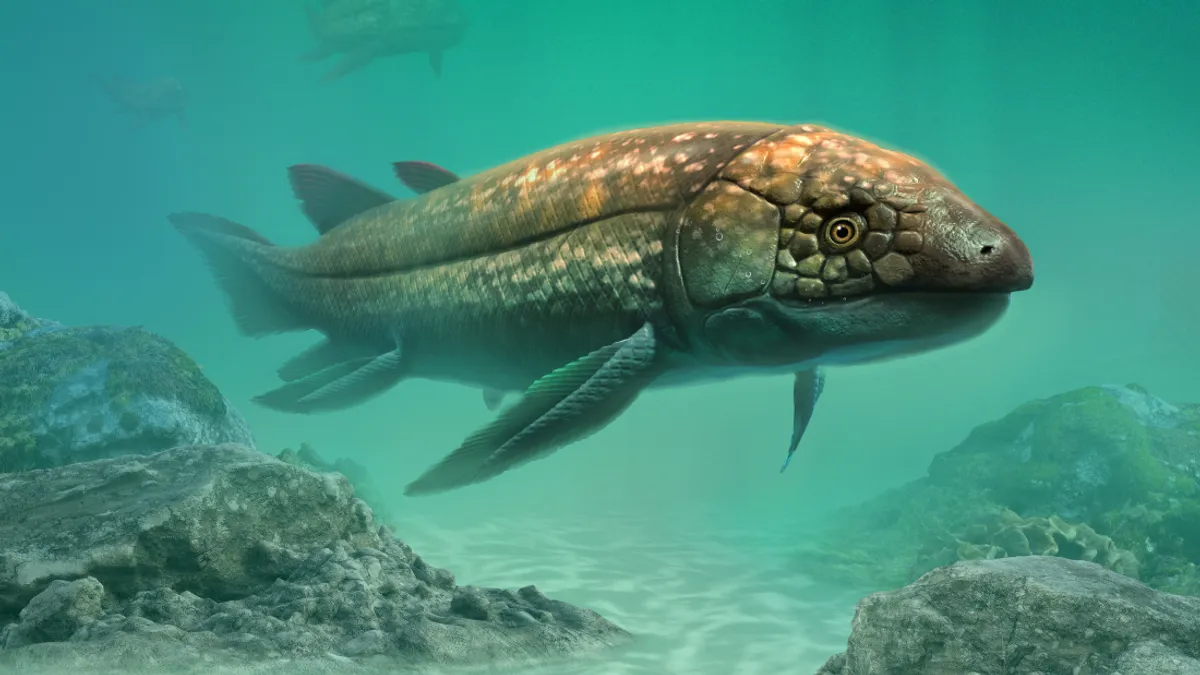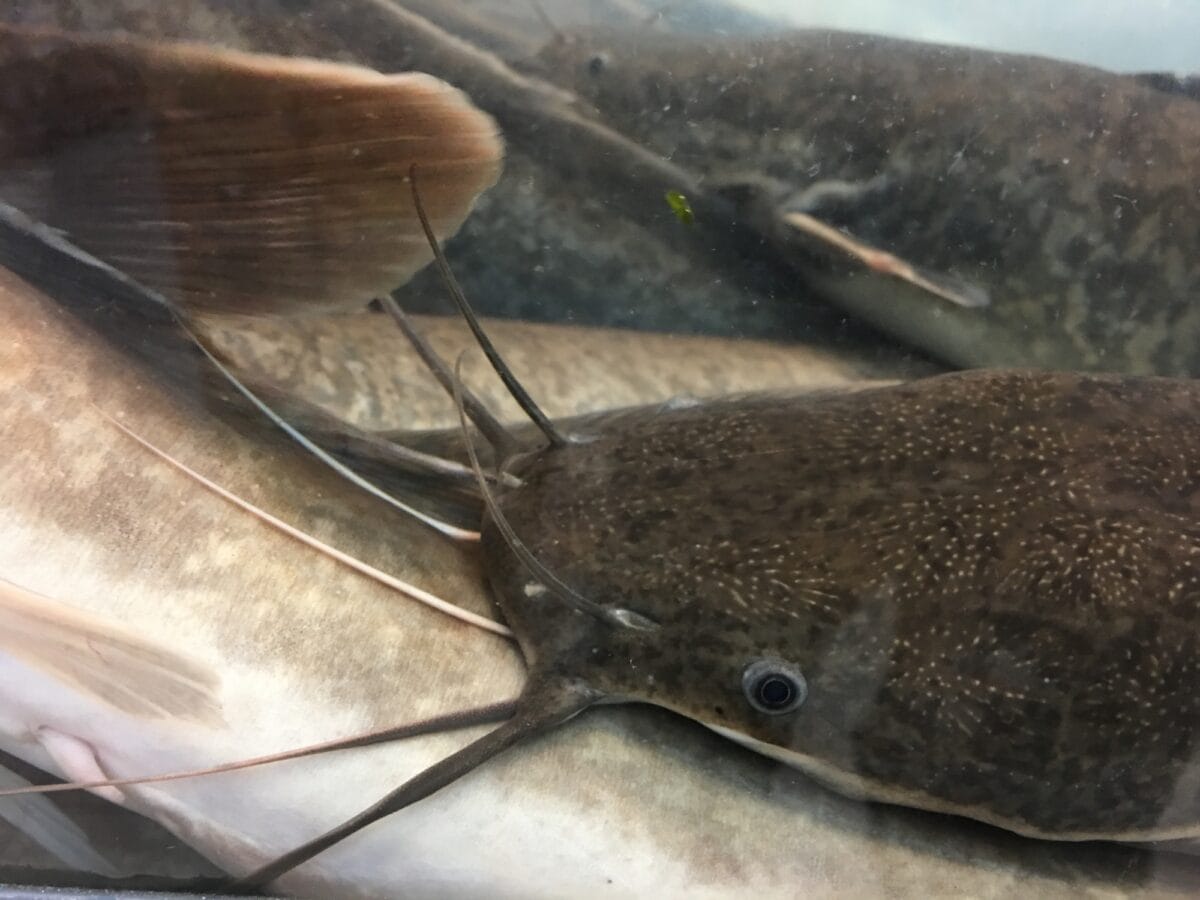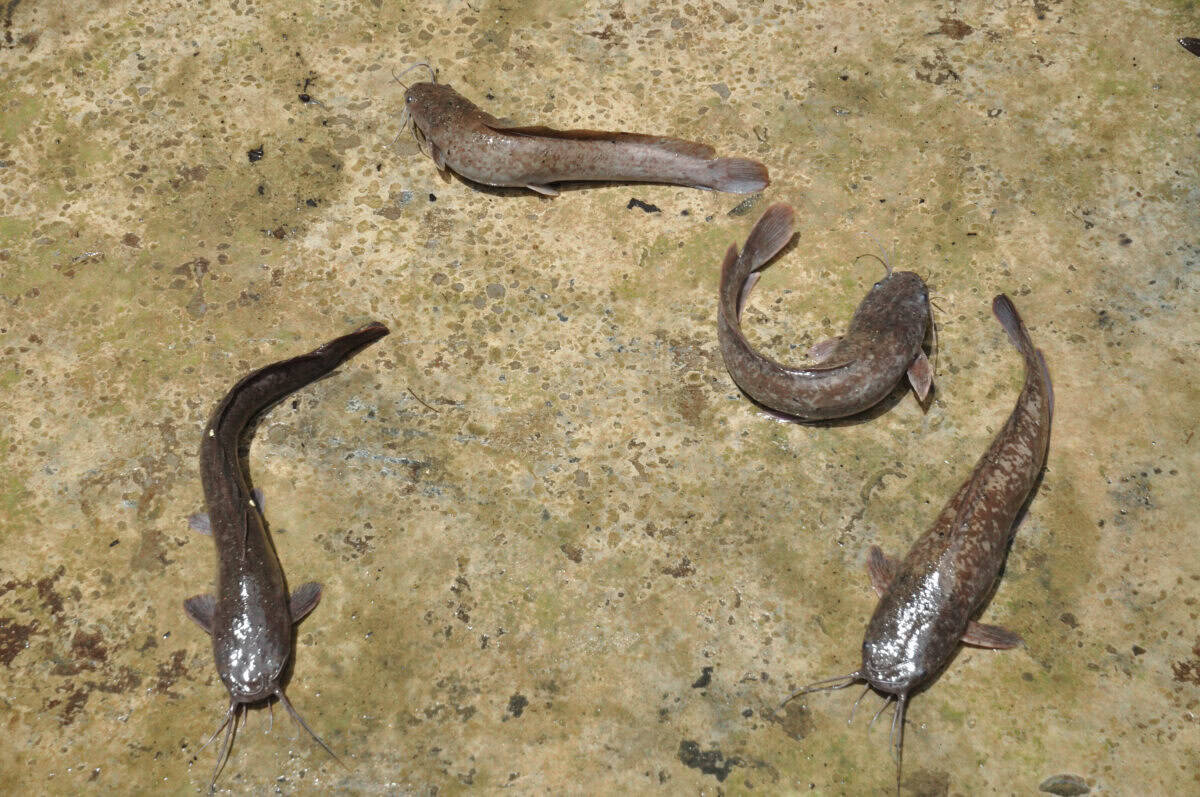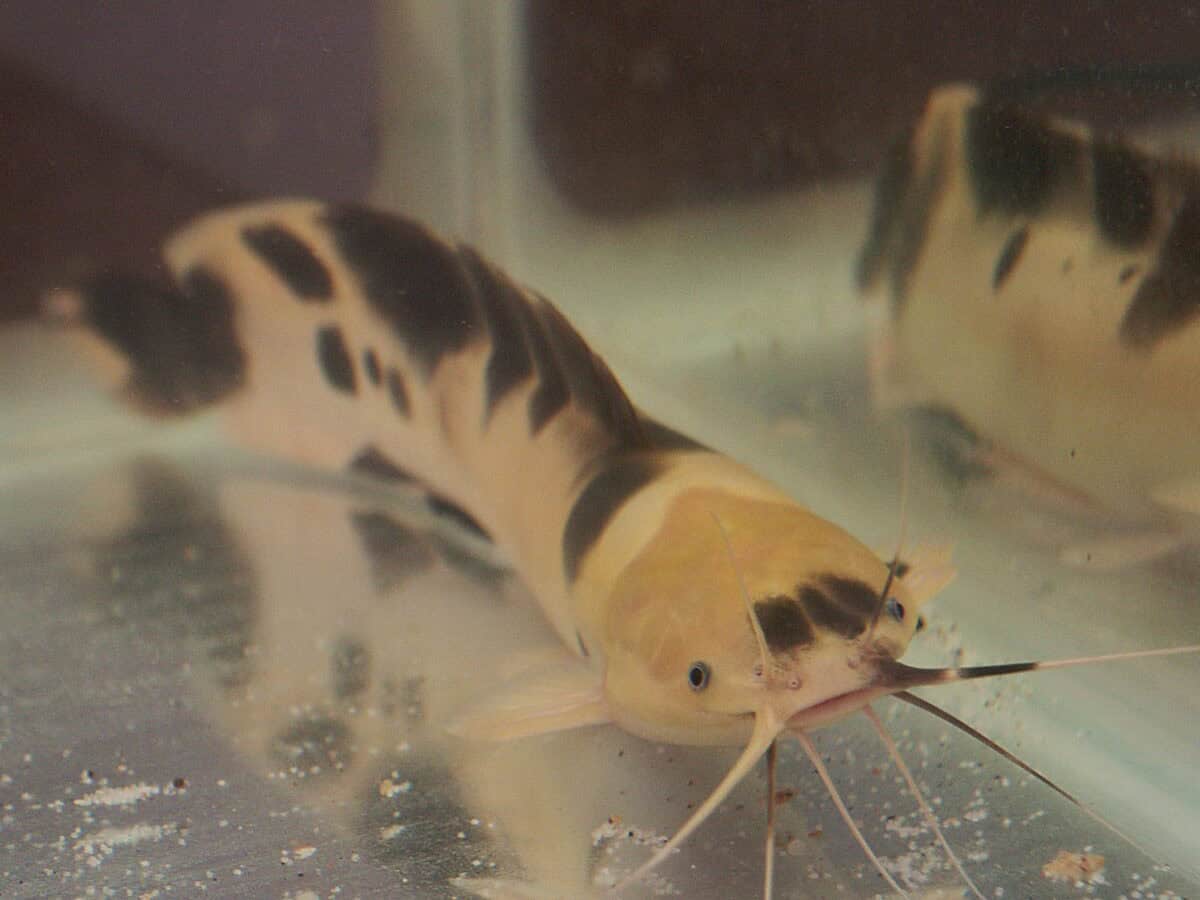In the fascinating world of animal adaptations, few creatures captivate our curiosity as much as those that defy our traditional understandings of biology. Enter the air-breathing fish—a remarkable aquatic creature that has evolved to survive without water for extended periods. These resilient fish challenge the conventional boundaries of aquatic life and offer us intriguing insights into adaptability and evolution. From their unique physiology to their extraordinary survival tactics, these fish are truly one of nature’s marvels. Dive in with us as we explore the captivating world of fish that can live on land.
Introduction to Air-Breathing Fish

Air-breathing fish are an extraordinary group of species that have evolved to withstand prolonged periods outside their aquatic environments. These fish, often found in seasonal waters prone to drying up, have developed the ability to breathe air, allowing them to adapt to temporary terrestrial life. Among these remarkable creatures, the African lungfish and the walking catfish are particularly notable for their land survival skills.
The Science Behind Land Survival

The secret to these fish’s survival on land lies in their physiology. Many air-breathing fish possess specialized lung-like structures in addition to their gills, enabling them to take in oxygen directly from the air. This adaptation is crucial for life on dry land, where water is scarce or might disappear during certain seasons. The fish can thus extract oxygen effectively whether submerged or not.
Unique Respiratory Structures

Unlike typical fish, some species possess labyrinth organs, which are intricate structures that allow them to absorb atmospheric oxygen. These adaptations are most commonly seen in species like the climbing perch and the gourami, fish known for their ability to thrive in oxygen-depleted waters and even survive brief excursions onto land.
Behavioral Adaptations

Surviving on land requires more than just the ability to breathe air; these species have developed various behaviors to cope with terrestrial challenges. The walking catfish, for instance, is known for its ability to move across land using a wriggling motion similar to slithering. This allows them to travel between water bodies, especially when their primary habitats dry out.
Dormancy and Survival

Some species, like the African lungfish, can enter a state of estivation—a period of dormancy in response to extreme environmental conditions. During estivation, lungfish secrete a mucus cocoon to retain moisture and drastically reduce their metabolic rate, allowing them to survive in a hibernation-like state until water returns.
The Role of Environmental Triggers

Environmental cues are critical for these fish to transition between aquatic and terrestrial life. Factors such as dropping water levels or increasing temperatures act as signals for air-breathing fish to emerge from the water. Many species have adapted senses that are finely tuned to detect these changes, ensuring their timely response to environmental shifts.
Ecological Impact and Importance

Air-breathing fish play a pivotal role in their ecosystems. They are often key species within their habitats, contributing to nutrient cycling and serving as prey for terrestrial and aquatic predators. Their unique ability to move between water bodies can also help genetic exchange across populations, maintaining healthy genetic diversity.
Evolutionary Insights

Studying air-breathing fish provides valuable insights into evolutionary biology. These adaptations suggest a transitional phase in the evolution of vertebrates, offering a glimpse into how ancient fish might have evolved to thrive on land millions of years ago. This makes them a point of interest for researchers looking to understand life’s evolutionary history better.
Challenges and Threats

Despite their remarkable adaptations, air-breathing fish face significant threats from habitat destruction, pollution, and climate change. As their natural environments are altered or destroyed, the survival of these species becomes increasingly precarious, highlighting the need for conservation efforts.
Conservation Efforts

Preserving the habitats of air-breathing fish is crucial for their continued survival. Conservation strategies include establishing protected areas, restoring natural habitats, and regulating activities that lead to habitat degradation. These efforts aim to maintain the delicate balance of ecosystems that these fish call home.
Human Interactions and Concerns

While some air-breathing fish, such as the walking catfish, have become invasive species in certain regions, posing a threat to local wildlife, others hold cultural significance and are harvested sustainably for food in their native habitats. Balancing human use with conservation is key to their protection.
Inspiring the Future

The resilience and adaptability of air-breathing fish inspire innovations in technology and biomimicry. By studying these creatures, scientists hope to uncover new insights into sustainable living and adaptation, potentially translating these natural strategies into solutions for human challenges.
Conclusion: Nature’s Resilient Wonders

Air-breathing fish exemplify the incredible adaptability of life on Earth, showcasing how species can thrive against the odds. Their ability to survive on land for months is a testament to nature’s ingenuity and resilience. As we continue to explore and learn from these fascinating creatures, we are reminded of the importance of preserving the delicate balance of our natural world. By understanding and protecting these remarkable fish, we not only safeguard their future but also enrich our own knowledge of life’s endless possibilities.
- 24 Secret Ideas That Attract Hummingbirds to Your Garden - August 14, 2025
- The Fastest Land Animals in the US - August 14, 2025
- What Makes the Indo-Pacific Humpback Dolphin Rare and Vulnerable - August 14, 2025
